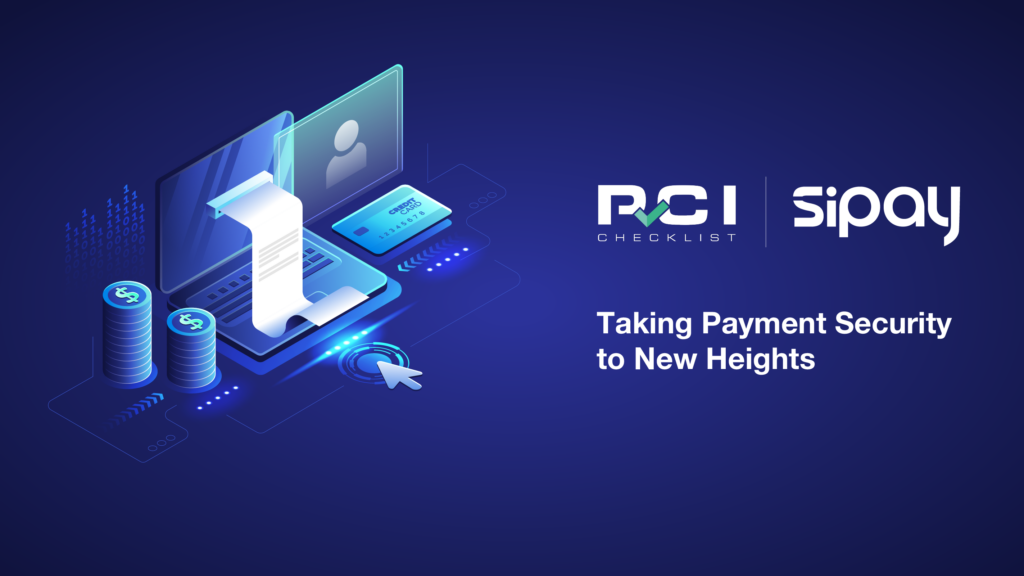E-commerce has long been a part of our lives and Covid 19 has increased our need for and usage of online shopping even further. This meant that we are relying on online payments more than ever. However, the question of how secure online payments are remains somewhat unanswered. According to the data provided by Stata, the total amount of transactions in online payments are expected to reach USD 52 million by 2021 in Turkey. Moreover, according to a research done by Marketsandmarkets, the size of the global online payment market is expected to reach USD 154.1 billion by 2025. While most of the banks have made serious efforts to increase payment security by scanning their merchants regularly and improving the process of onboarding, payment system providers have been less eager to tackle the issue of security. Let’s take a look at security problems payment system providers may encounter and a good example of how security can be improved.
Issue of Privacy

Most of us use e-commerce at least once a week if not more but it is not very clear to us how much data is generated on every transaction that we make. Companies can gather information not only on what we buy, where we buy these items and when we make transactions but also on personal basis depending on their privacy policy. However, for most internet users anonymity or the extent of personal information they like to share is crucial for deciding on which online payment method they like to use. Therefore, payment system providers need to improve the ways they gather and store customer data to make sure that consumers and merchants do not shy away from the online payment ecosystem.
Risk of Fraud

Recent developments in the payment ecosystem have eased and fastened the way people acquire goods and services. However, the possibility of fraud has increased as well with cyber criminals developing more sophisticated ways. Fraud in online payments can occur through hackers stealing personal information and credit card and bank account details. Hackers can use this information either to sell online on the dark web or to make purchases on that person’s behalf. Cyber criminals can steal data by leveraging vulnerabilities existing in merchants websites or they can use spam messages and phishing emails to gain access. A report generated by Interpol has shown that in the first four months of 2020, 700 malware attacks, 900,000 spam messages and 48,000 malicious domains were discovered. This data shows how big the threat landscape has become for online payments.
Addressing The Problem
Payment system providers work with many merchants, so it can seem difficult to tackle the issue of security. Even if they implement a new way to manage risks of merchants starting from now, how can they go through their portfolio to make sure that all of their business partners are up to standard? This means that payment system providers need a solution which can both detect vulnerabilities existing in their portfolio and also improve the process of adding new merchants to their portfolio to decrease the possibility of security problems in the future.
A Good Example: SiPay and PCI Checklist Collaboration

SiPay which is a payment system provider known for its dynamic and innovative line of vision has collaborated with PCI Checklist to improve payment security. PCI Checklist is going to help SiPay fasten and improve its onboarding process with the Fintech Security Accelerator (FSA) which is designed for banks and payfacs specifically. Moreover, by scanning merchants periodically SiPay is going to be able to see each merchant’s security posture and detect their vulnerabilities and follow cyber security performance by using PCI Checklist’s innovative and comprehensive dashboard. SiPay which is also PCI DSS compliant, exemplifies how payment system providers can address security problems and become the clear choice for both merchants and consumers. Since it is obvious that demand for online payments shows no sign of slowing down, payment system providers have to find better ways of securing payments to keep merchants and customers interested in using their systems just like SiPay.


